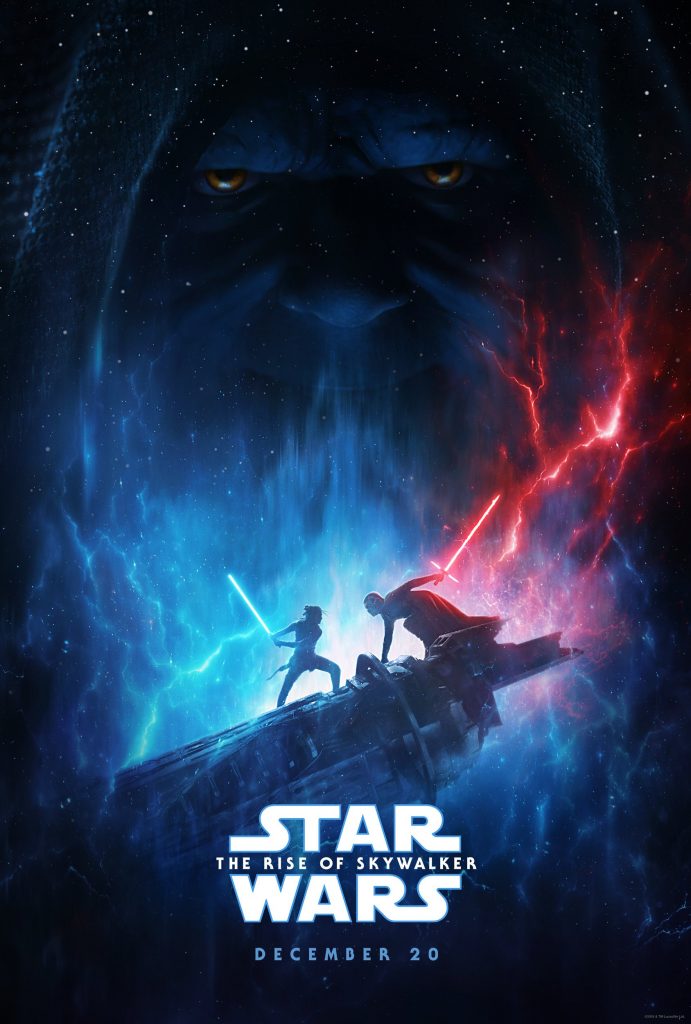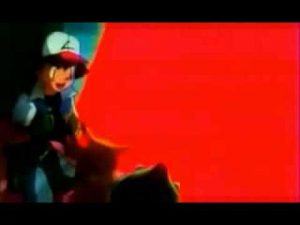‘The Rise of Skywalker’ Comes with a Seizure Warning

Star Wars: The Rise of Skywalker, which will be released next Thursday in theaters, comes with an epileptic seizure warning.
Walt Disney Studios released the seizure warning statement via the Epilepsy Foundation, stating that those with photosensitive epilepsy could have a seizure triggered by flashing lights present during several sequences in Star Wars: The Rise of Skywalker.
We thank Disney for reaching out to us and proactively providing information to movie theatres and moviegoers in advance of the movie’s release. If you or someone you know are sensitive to lights, please consider the following as you make plans to watch the movie:
- Ask a friend to watch the movie first.
- Take your friend with you when you go see the film to alert you to which scenes contain the flashing lights so you block your eyes during those scenes.
- Teach your friend the three simple steps of seizure first aid — Stay, Safe, Side — so that they can assist if you have a seizure.
For about 3% of people with epilepsy, exposure to flashing lights at certain intensities or certain visual patterns can trigger seizures. This condition is known as photosensitive epilepsy and it’s more common in children and adolescents.
Disney has a good track record of being pro-active regarding issuing seizure warnings for their films. A similar warning was issued for The Incredibles 2. The scene in question occurred about an hour into the film and viewers were given enough details to know when the scene was coming and they should close their eyes.
At this time, details about which scenes in Star Wars: The Rise of Skywalker could trigger a seizure have not been outlined in as much detail, though the Epilepsy Foundation has recommended that people with photosensitive epilepsy have friends view the film first in order to provide more detailed warnings. This article will be updated with more details after the film is released and the seizure warning times and scene context are noted by those who have seen the film.
 In 1997, an episode of Pokemon caused over 600 children to have seizure like problems, with about 150 being admitted to hospitals as a result. This incident raised awareness of the risk of this type of imagery in media.
In 1997, an episode of Pokemon caused over 600 children to have seizure like problems, with about 150 being admitted to hospitals as a result. This incident raised awareness of the risk of this type of imagery in media.
Photosensitive epilepsy effects approximately one in 4,000 people, which is about 3-5% of people with epilepsy overall. The exact nature of visual stimuli that can trigger a seizure can vary from person to person, so not everyone will be triggered from the same content.
In general, flashing lights or rapidly changing images are common triggers. As a precaution, companies are becoming more pro-active in regards to displaying warnings when such content is included in their products, whether it’s television, games, or films. A Tumblr blog called the “Movie Health Community‘ has begun to compile a list of films that could pose potential dangers to people with photosensitive epilepsy, among other potential health hazards.
Author: Angel Wilson
Angel is the admin of The Geekiary and a geek culture commentator. They earned a BA in Film & Digital Media from UC Santa Cruz. They have contributed to various podcasts and webcasts including An Englishman in San Diego, Free to Be Radio, and Genre TV for All. They identify as queer.
Help support independent journalism. Subscribe to our Patreon.
Copyright © The Geekiary
Do not copy our content in whole to other websites. If you are reading this anywhere besides TheGeekiary.com, it has been stolen.Read our






